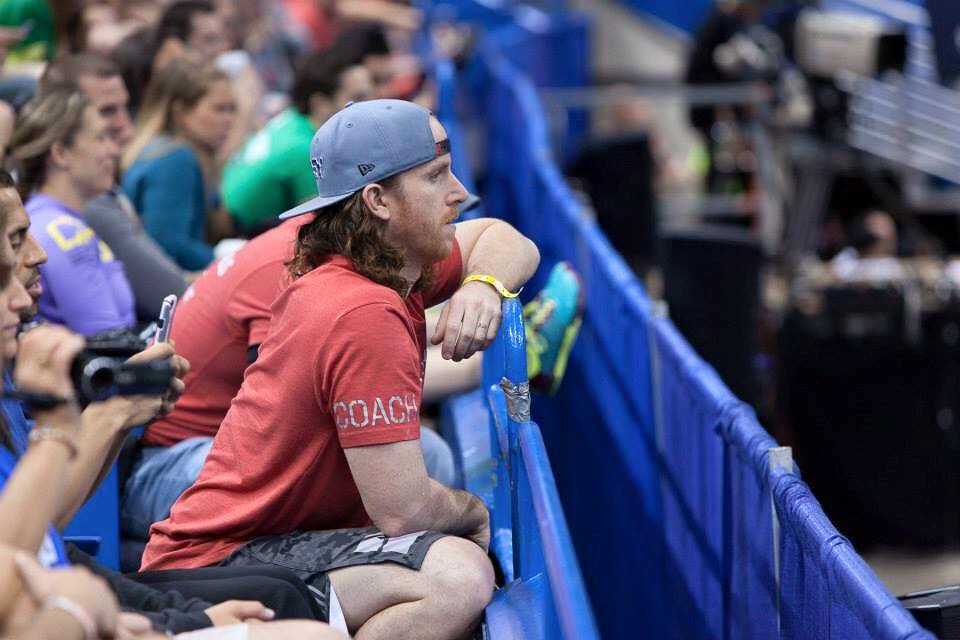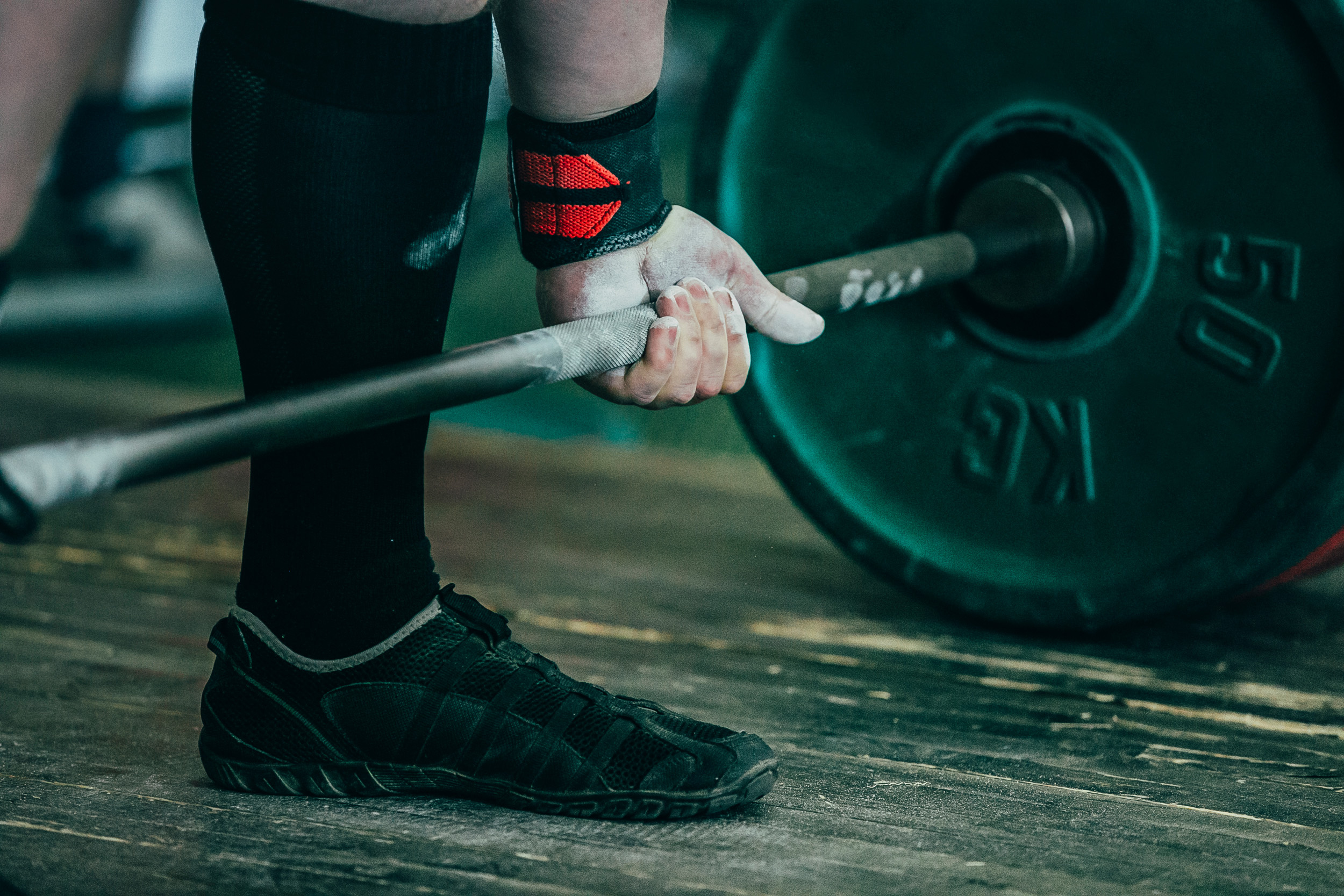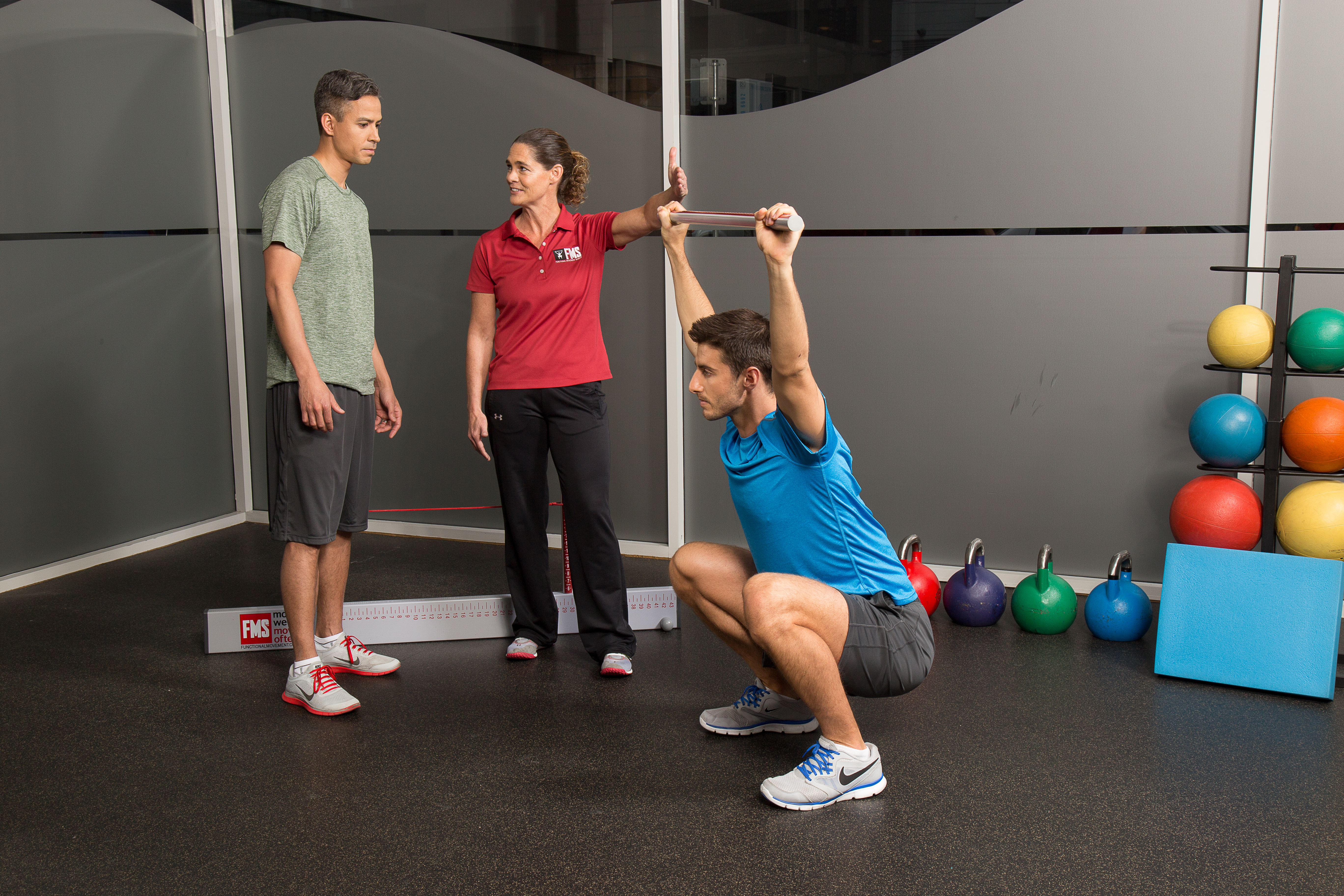The Hardest Checklist You Will Ever Do
Written by Gray Cook FMS
I want to give you a checklist that I’ve been working on for quite some time and it pulls together a few of my recent posts. I’m sure the checklist has made me better because it’s made me become a more objective critic of my work—both when I succeed and when I fail. It’s helped me to develop a systematic approach that brings clarity to my decisions as an exercise and rehabilitation professional.
Whether you’re rehabbing somebody from an injury, an illness, a disease or a surgery; whether you’re physically training them for fitness, athletics or some other type of performance enhancement or tactical goal, you’re using movement to do what you do.
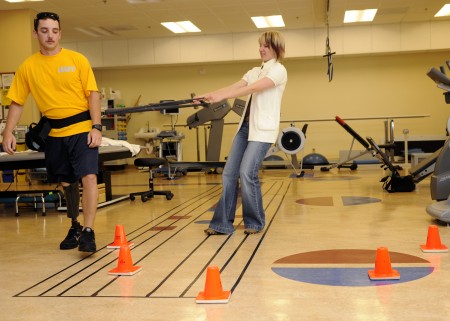
You’re using exercise to (hopefully) complement movement, not so that they can continue exercising but so they can get to an activity that they’re focused on. Most fitness enthusiasts have a goal or a fitness activity that engages them. Hopefully, it’s not just burning calories, but an experience of connection and engagement. You’ll hear phrases like “I’m looking forward to the next time I get to do this!”
Helping someone find the best path to that place is my motivation. If it’s that important and I’m a professional, then I need a checklist to keep me on that path:
1) Am I creating independence?
2) Is what I’m doing sustainable?
3) Am I following a developmental approach?
4) Do I have a tight, objective feedback loop?
Now, let’s look at Question #1 and discuss independence. If somebody needs me in order to remain fit for the remainder of their life, then so be it.
There are some people who are going to need maintenance physical therapy or chiropractic for the rest of their lives. There are some people who, without a personal trainer (for some reason, whether it’s motivation or self-sabotage) would probably not be able to maintain fitness.
But let’s look at the big picture. If the fitness backbone—the healthy foundation on which our country should be built—needs to change, then we can only allow a few fitness enthusiasts and a few people who need rehabilitation to be completely dependent on the system. First, it’s not sustainable and secondly, it’s not really helping them to manage themselves. Remember, the goal of education is independence.
In every other facet of education, we talk about literacy and competency but do we graduate high school with physical literacy? Even if somebody throws a book in your face that you’ve never seen before or maybe a concept you’ve never thought about, you have the reading skills to at least ingest that material and find out if you like it or not. You have the mathematical skills to pay your taxes, pay your bills and to buy things you need without being taken advantage of.
But when it comes to physical literacy, I think the healthcare system and the fitness system take advantage of all of us because nobody is really fitness literate or health literate. When dropped in a new environment, most of us don’t know what to do, and I think that problem starts because most of us poorly gauge our own ability. We either overshoot and fail or undershoot and don’t get results.
I think one of the biggest issues on the current fitness landscape are people who far undershoot their physical ability and never get into the skill:challenge ratio that creates a workload or motor control challenge.
They never get better so they quit exercising or working.
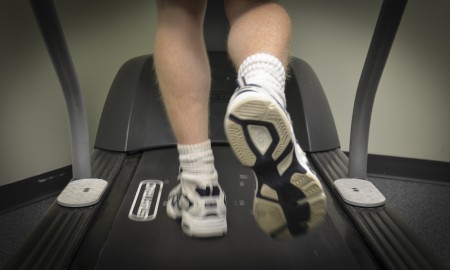
Another large percentage probably overshoot their physical ability and bounce back and forth between injury and recovery until they die. We either bite off more than we can chew or not enough to sustain us. Therein lies the biggest problem.
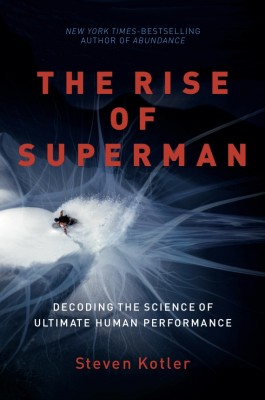 We talked about a skill:challenge ratio and The Rise of Superman in a previous article, and I think we need to continue that thought. One of the best ways to keep people motivated in activity is to find something that gets them into or close to their flow state where they are engaged. At that point, they’re either an expert at what they’re doing and can explore boundaries or we’ve engineered a challenge to get them closer to that goal.
We talked about a skill:challenge ratio and The Rise of Superman in a previous article, and I think we need to continue that thought. One of the best ways to keep people motivated in activity is to find something that gets them into or close to their flow state where they are engaged. At that point, they’re either an expert at what they’re doing and can explore boundaries or we’ve engineered a challenge to get them closer to that goal.
The skill:challenge ratio is vital. I think it should be our ideal goal to try to make people who go through rehabilitation completely independent whenever possible. Even if they’re not back to normal, they can maintain health by following a routine or clearly understand what can improve and what cannot. They’re independent. They don’t need me unless they have another accident or some unfortunate relapse.
Secondly, I would like to think (being a strength coach or a personal trainer) that if my client or athlete wanted to go on a sabbatical or was taking a safari to Africa, they could get along fine without me. I’m here to help them evaluate where they currently are, better gauge their skill:challenge ratio and then put them on another fitness path.
I think the trainer of the future won’t be so much counting repetitions or reminding people to book three appointments a week. They’ll be managing hundreds of people—some with only three visits a year, some with three visits a month and some with three visits a week—depending on what their financial ability, goals, needs and lifestyle.
Question #2: Is what we’re doing sustainable? Even if time and resources are taken away from this individual, can they still sustain their level of fitness? In hard times, most will cancel their gym membership or their personal trainer’s fees. They’ll do those long before they’ll cancel cable or internet—I promise you that.
Can your health and fitness survive in lean times? When you have no significant time or money to dedicate to fitness, can you still be fit? Talk to a retired Marine. They’ll figure it out with push-ups, pull-ups, air squats or jogging—anywhere they can find a little space and time. It doesn’t cost a dime, just a little bit of time in between other activities.
Many of us spend more time going back and forth to a gym than actually in the gym. Moreover, the time in the gym doesn’t really make us that adaptable—it enables our current limitations and allows us to practice within them rather than confronting them. Figure out how to work out in any environment or figure how to be active in any environment. Then, anytime you want to check your workout, demonstrate that your activity level has kept you more than fit.
Question #3: Is what you’re doing fitting a developmental model? Do you have a scientific rationale for doing what you’re doing? Did it work?
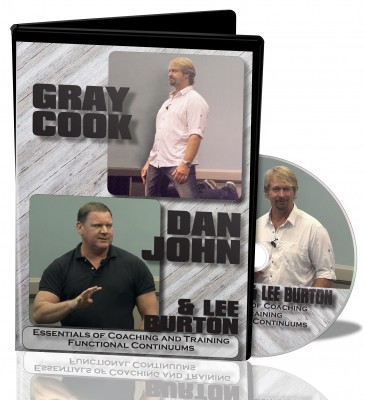 In The Essentials of Coaching and Training Functional Exercise Continuums, I talk about mapping continuums. A continuum is about progressing somebody safely through a simple movement pattern to a complex movement pattern. Question #3 covers all of the background wisdom, that when married to an individual’s specific history results in well-planned, thoughtful development.
In The Essentials of Coaching and Training Functional Exercise Continuums, I talk about mapping continuums. A continuum is about progressing somebody safely through a simple movement pattern to a complex movement pattern. Question #3 covers all of the background wisdom, that when married to an individual’s specific history results in well-planned, thoughtful development.
Our last, Question #4: Do you have a feedback loop so you don’t believe your own ‘BS?’ This will not only make you better . . . it’ll keep you from selling it to someone else.
I built Functional Movement Systems, first and foremost, to make my team and me better. A few young guns in the fitness and rehab world challenged ourselves and our education with higher feedback loops. We got better—not because we had been given greater resources, but because we were more resourceful with the limited resources we had. We never let our budget limit us.
If I’m not helping someone make their goals, I want to know it. If they can’t do this independently, I need to know so. I need to know if it’s unsustainable and when it departs from a developmental approach.
I want to know my mistakes before anybody else finds them. To achieve that consistently, then I have to professionally and ethically raise the bar on myself. I have to have a tight feedback loop, and I have to own those mistakes even if it hurts my pride some days.
Let’s revisit the questions:
1) Is what I’m doing creating independence? Did I achieve it?
2) Is what I’m doing sustainable? Did it work out that way?
3) Am I following a developmental approach? Did I follow through?
4) Do I have a tight, objective feedback loop? Am I answering questions with as much professional integrity as possible?
Start asking yourself these four questions. They’re the hardest checklist you’ll ever do, but you’ll be far better for it.
Related Resources
Please login to leave a comment
7 Comments
-

david coello 5/8/2015 1:53:40 PM
Great article and down tot he point. It is so true, how too many people will cut down on the fitness goals but not on their cable bill.
The Hardest Checklist You Will Ever Do
-

Carl Baytala 5/8/2015 1:54:03 PM
Great article. Something to really work towards. I don't know how much of
What you wrote is actually being practiced in the gyms today,but, non the less the 4 questions will help me to help others a lot more.Carl Baytala -

Jay Beito 5/8/2015 1:54:55 PM
Great post Gray!
I am in the process of evaluating program effectiveness for this past years Volleyball, Basketball, and Football teams and the timing of this blog could not be better.Great questions, to help us raise the standards of our coaching and service.Much appreciated! -

Marko 5/8/2015 3:35:52 PM
Thank God, we have our Mr. Gray Cook to learn from him - )
Amazing article and again thank you and to your assistants, on everything what you done and what you do for us young coaches, that is pure treasure.Sincerely,Marko Beljakovic -

Brian Klepacki 5/11/2015 3:37:21 PM
Perfectly said. Loved every word of this article. This is exactly what I try to preach to my clients and athletes but the unfortunate part is that they only hear what they want suits them.
The saying is so true "you can lead a horse to the water but you can't force it to drink". -

Gustavo Perrelli 5/11/2015 3:37:34 PM
Good article to discuss with the PT team. Helps to set a work pattern.
-

Justin 9/18/2015 8:22:28 PM
"it’s not just burning calories, but an experience of connection and engagement..." this language completely covers the mark......we need to bring the client to that place...with our planning ,our cueing, our language. Help the client see the inner dialogue...of movement and muscular contraction as "information", complex self-talk that is essential to translate into a kinaesthetic.

